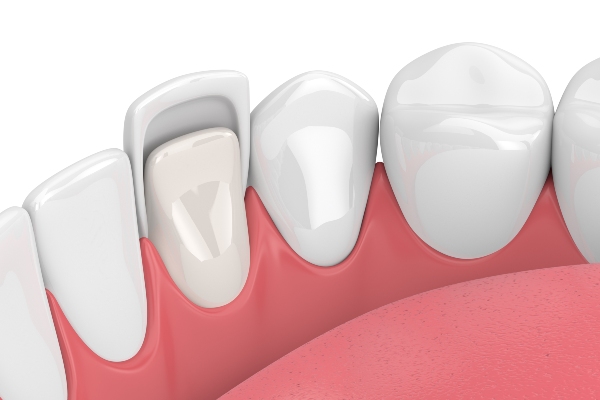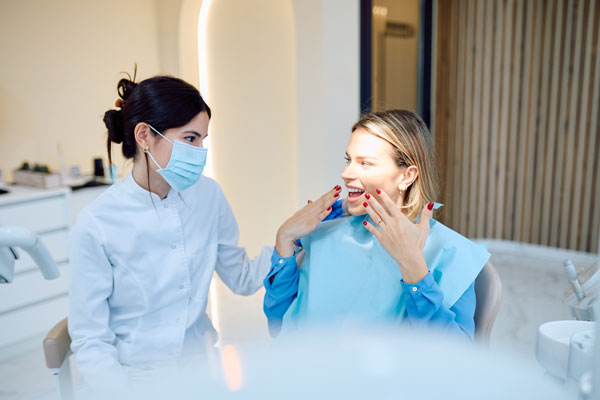FAQs About Dental Cleaning

While many people are afraid of going to their dentist for a dental cleaning, it is necessary for good oral and overall health. Oral health is directly linked to the health of the entire body. Therefore, it is important to maintain healthy oral hygiene habits by making regular trips to the dentist for dental cleanings.
Before a dental care provider can suggest any other form of treatment, they will first administer a thorough dental cleaning.
Dental cleaning FAQs
The following are some of the most common questions people have about dental cleanings.
What is a dental cleaning?
A dental cleaning is more intensive than normal brushing and flossing. This type of cleaning involves the removal of tartar, bacteria, and all other harmful debris in the teeth and gums of a patient. These harmful elements cannot be removed by normal brushing and flossing alone. When left unattended, tartar builds up and creates a conducive environment for more bacteria. These bacteria lead to serious oral health issues.
What happens during dental cleanings?
The first thing the dentist will do is to view the condition of the teeth and gums and check for any issues. They will then use special dental tools to clean and polish the teeth. Regular dental cleanings remove traces of food and plaque. However, when a patient has calculus or tartar around the teeth, they may need a deeper dental cleaning, which is done with a scaling and root planing dental tool.
How often should I visit a dentist for a dental cleaning?
The American Dental Association (ADA) recommends patients to visit their dentist at least once every year for a dental cleaning. However, patients with a history of periodontal disease or other risk factors such as diabetes, smoking or cardiovascular diseases should visit their dentist for routine dental examinations and cleanings more often.
Do gums bleed after a dental cleaning procedure?
Accumulated bacteria in the mouth can irritate the gums. This makes them more sensitive, and they can bleed more easily. Bleeding often happens after a visit to the dentist for routine dental cleaning because the dental care provider has to brush and use hard instruments against the teeth and gums. However, gum sensitivity will usually disappear a day or two after a dental cleaning.
After how long does plaque return?
Although a dental cleaning procedure removes plaque-causing bacteria completely, it begins to re-colonize in the mouth after a day or two. While brushing and flossing are good home dental care practices, plaque reformation after a period of six months is inevitable. The longer a patient stays without dental cleaning, the more the plaque calcifies onto the teeth. Once it calcifies, it cannot be removed through brushing and flossing. Patients who go for a dental cleaning after every six months are less likely to acquire substantial plaque and tartar buildup that can affect their oral health.
Is now a good time for your dental cleaning?
Even if it has been a while since you last visited your dentist for a dental cleaning, now is a good time to resume your visits. To schedule a dental cleaning with a professional dental care provider, contact us today.
Request an appointment here: https://www.sacramentosleepdentist.com or call Dental Excellence of Greenhaven at (916) 293-0504 for an appointment in our Sacramento office.
Check out what others are saying about our services on Google: Read our Google reviews.
Recent Posts
Dental veneers can improve your dental health. Your dentist can present many types of this dental restoration. Understanding the types of veneers available can broaden your options. Here are the different types of dental veneers that you must consider.These are the most common types of dental veneers. The material in these restorations is feldspar, which…
Full mouth reconstruction is a comprehensive dental treatment plan designed to restore a patient's smile to its optimal function, health, and appearance. It involves a combination of restorative and cosmetic procedures tailored to address various dental concerns, including missing teeth, severe decay, bite problems, and jaw misalignment. Understanding the steps involved in full mouth reconstruction…
Dental veneers may be the most effective option to repair uneven, misshapen, or broken teeth. They can also help reduce gaps in the teeth. Traditional veneers come in two main types: porcelain and composite resin. While both can help you achieve that movie-star smile, they have some differences. This article will explore both porcelain and…
A great smile can improve your confidence, but a poor one can have the opposite effect. Dental veneers may be the answer if you are struggling with the quality of your smile. Read on to learn how they can transform not only your smile but your confidence as well.People avoid smiling altogether when they do…


